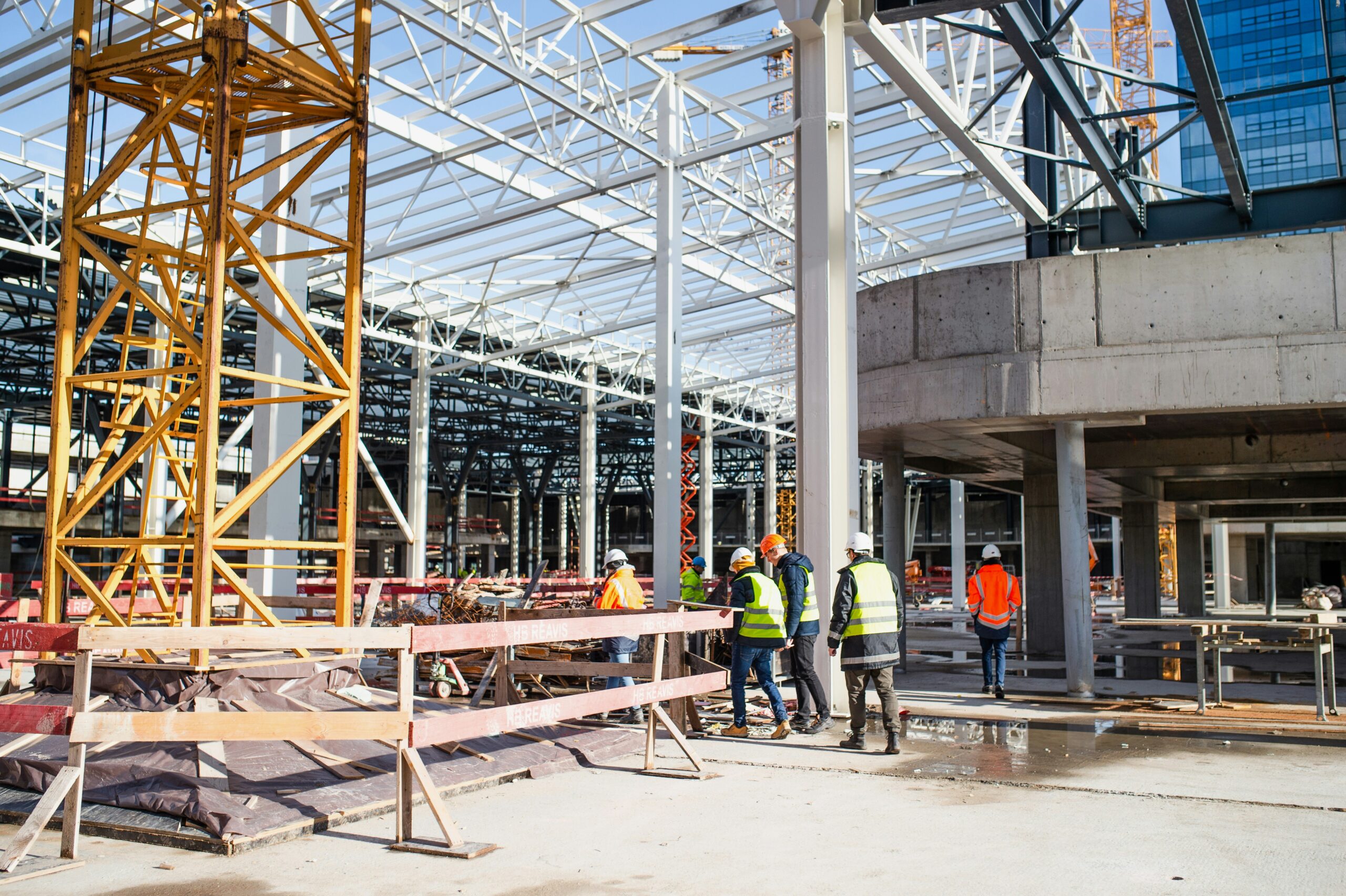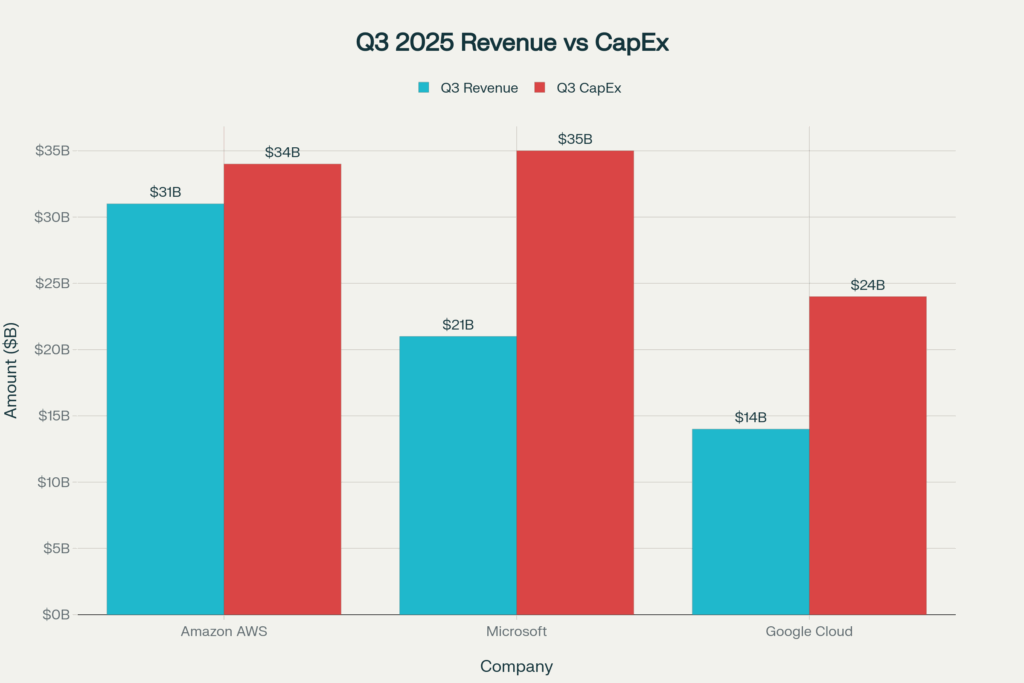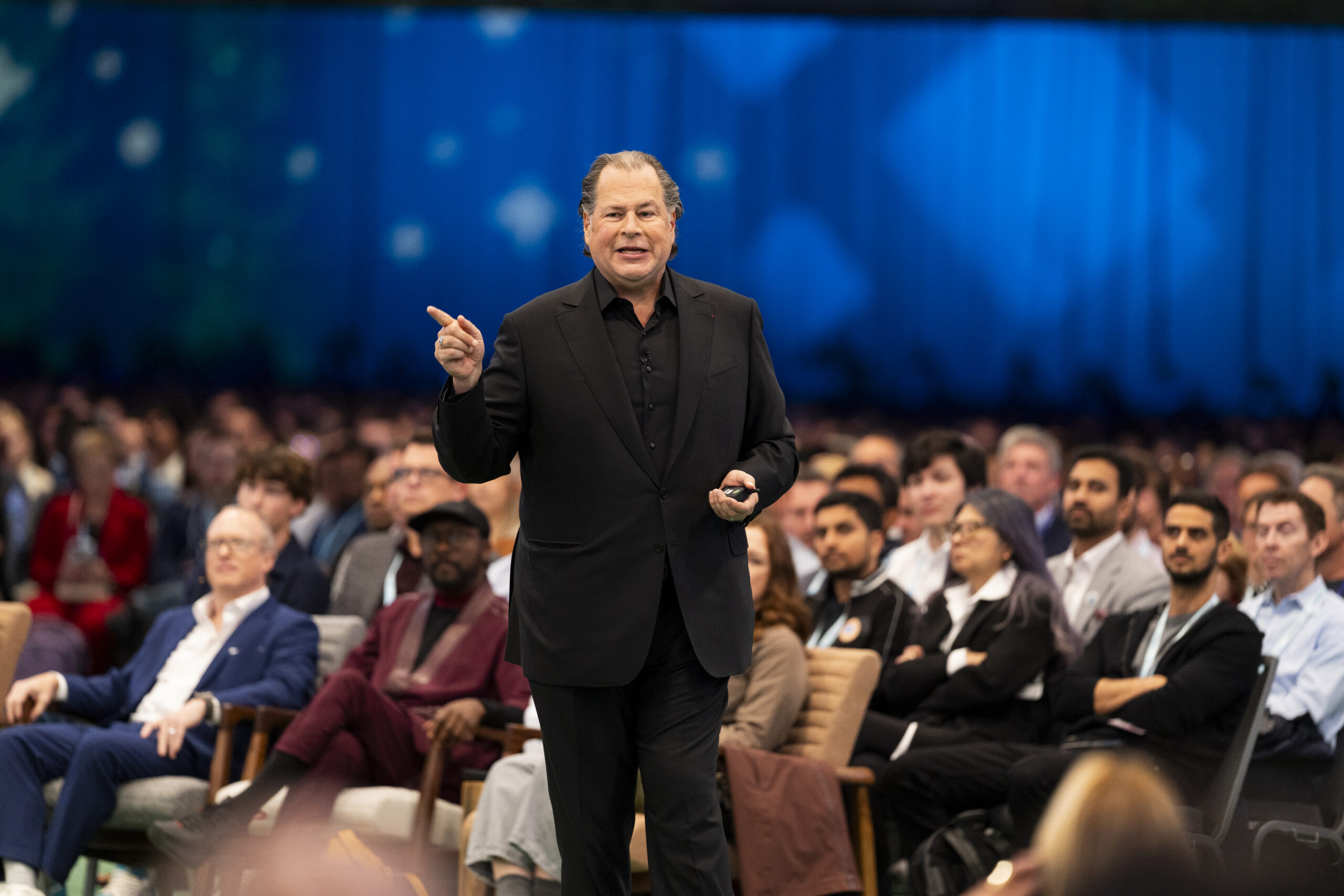If you build it, will they come?

Back at the start of this year, we wrote about the audacity of the Stargate project, a four-year, pie-in-the-sky $500 billion moonshot investment announcement to build infrastructure for OpenAI. That was followed quickly by additional data center construction pledges. On top of OpenAI’s year-one $100 billion Stargate commitment, Amazon, Microsoft, Google and Meta stepped up with huge outlays of their own. When all was said and done, it added up to an astonishing $420 billion.
It was ridiculous money, especially for a year’s worth of projected CapEx spending (the money used to finance physical assets), and it was easy to be cynical when such large numbers were being tossed about. But guess what? These companies can’t build data centers fast enough to keep up with growing demand. That was the message at the earnings announcements last week.
Amazon, Microsoft and Google announced CapEx in the prior quarter totaling $93 billion. Microsoft led the way at $35 billion, followed closely by Amazon at $34 billion with Google in third place at $24 billion. That’s just three months of spending, folks — and it apparently wasn’t enough. While it’s impossible to predict future quarters, the trend is clear and these companies have indicated they have no intention of slowing down anytime soon.
A common message
When company execs spoke during their earnings calls with analysts last week, there was a consistent message implied in their statements: they could have grown faster if they had more capacity.
- Microsoft CEO Satya Nadella had this to say about his company’s growing data center presence: “We will increase our total AI capacity by over 80% this year and roughly double our total data center footprint over the next two years, reflecting the demand signals we see,” he said.
- Amazon CEO Andy Jassy sounded eerily similar: “We continue to see strong demand in AI and core infrastructure, and we’ve been focused on accelerating capacity – adding more than 3.8 gigawatts in the past 12 months,” he said.
- Meanwhile Google CFO Anat Ashkenazi indicated that the company plans to kick up its projected CapEx spend from $85 billion to $93 billion for the year to keep pace with growth. “We're continuing to invest aggressively due to the demand we're experiencing from cloud customers, as well as the growth opportunities we see across the company,” she said.
The staggering cost of growth
As we reported this week, the cloud made big money last quarter, driven mainly by AI. But that AI-fueled growth potentially comes at an incredible cost: these same companies are pouring such massive sums into infrastructure that capital expenditures appear to be climbing to levels that are exceeding their quarterly cloud revenue.
As shown in the chart below, which combines Synergy Research revenue data and publicly announced CapEx, it’s already happening.

It’s worth noting that I’m comparing cloud revenue to CapEx here and CapEx covers more than just cloud data center expenditures, but the company’s statements suggest that a large percentage of this spending is going into building data centers.
In an interview on the BG2 podcast recently, Satya Nadella indicated that wasn’t his concern. In fact, it was the opposite. He reported that he had a large inventory of chips to put to work, but he lacked the power sources to run them. “The biggest issue we are now having is not a compute block, it's power and it's sort of the ability to get the builds done fast enough close to power,” he said.

This suggests that if they could just keep building without limits, they could quickly bring data centers online and immediately put them to work generating revenue if it weren't for this physical bottleneck.
But that position completely disregards any possible economic risk. This level of sustained capital spending is highly unusual, and the company appears to be gambling that the current high demand will continue indefinitely.
The OpenAI paradox
Meanwhile, OpenAI, which seems to announce a new infrastructure agreement or two every week, currently has plans to build additional infrastructure totaling a stunning $1.4 trillion in commitments in the coming years, yet it appears to lack the revenue to support this level of spending.
In fact, when CEO Sam Altman was asked by investor Brad Gerstner in that same BG2 podcast, how a company with $13 billion in projected revenues can make $1.4 trillion in spending commitments, Altman reacted defensively suggesting that perhaps Gerstner would like to sell his shares if he didn’t believe they could do it — kind of a shocking reaction from a company CEO in a public forum. When he calmed down, he gave a more reasoned response to the company’s thinking.

“We do plan for revenue to grow steeply. Revenue is growing steeply. We are taking a forward bet that it's going to continue to grow, and that not only will ChatGPT keep growing, but we will be able to become one of the important AI clouds…,” Altman said.
And that’s precisely the bet that everyone is making, that they can continue to build at this unprecedented pace, spending billions and billions of dollars, and that the business will continue to grow and support whatever they build. For now, it appears, against all odds, that the strategy is actually working. But it’s hard to believe that at some point, business won’t slow down, which would leave one or more companies with a ton of capacity and no market for it — and it would not be pretty should that happen.
~Ron





